Beyond the Divide: Rewiring Education for Thriving
Written by Kery O’Neill, Founder, Director and Head Mythbuster, Active Axons Education
We’ve all seen it: the “wall” in schools, separating “academics” from “wellbeing.” It feels natural, a long-standing tradition. But what if this division isn't just outdated, but actively draining the very lifeblood from our education system? Like so many others over the last 30 years, at Active Axons, we believe it’s time to dismantle this artificial divide, not just for student success, but to reignite the passion and purpose of every educator. Because thriving teachers don't just create thriving classrooms—they create a future where passion and purpose last a lifetime.
For decades, schools have been structured with a clear split: the "academic" arm focused on curriculum, assessments, and test scores, and the "wellbeing" arm handling pastoral care, mental health, and student support. This organizational model, while seemingly logical, is costing our schools dearly.
The Hidden Cost of Separation: An Energy Leak
When learning and wellbeing are treated as separate entities, an unintentional energy leak begins. Teachers, already under immense pressure to deliver academic excellence, are then burdened with "extra" responsibilities for pastoral care. They describe it as wearing two hats—one for results, another for behavior management. But here’s the truth: it’s the same teacher, the same brain, the same finite energy system doing double duty.
Neuroscience and educational research are unequivocal: these roles are not separate. They are two sides of the same coin. So why are we still ticking two sets of boxes? When educators are forced to fragment their focus between "academic" and "wellbeing" modes, vital energy is lost. This fragmentation drains the brain’s capacity for focus, problem-solving, and genuine connection—the very things essential for both teachers and students to truly thrive. In system terms, the school’s energy economy is in deficit: more energy is leaking than being replenished. This isn't sustainable.
The Urgent Systemic Shift: Aligning with Biology, Not Bureaucracy
The path forward is clear, and it’s already embedded in modern educational frameworks. The Australian Curriculum, for instance, already weaves the General Capabilities of Personal and Social Capability, with Critical, and Creative Thinking throughout every subject. The challenge—and the profound opportunity—is to really work with this part of the curriculum, and not see it as an afterthought or tack-box exercise in Unit Programming.
Yet, many schools remain stuck in these outdated silos. Educators aren't given the time or the understanding to see how integrating these capabilities leads to greater efficiency and deeper engagement. Wellbeing teams work on resilience programs while academic teams chase test results, forcing teachers to demonstrate both, separately. This disconnect wastes precious time, energy, and resources, eroding trust for everyone involved.
What’s needed now is a fundamental systemic shift from fragmentation to integration:
Recognize and Communicate Shared Responsibility: Wellbeing isn't the exclusive domain of a few specialists; it's the everyday practice of every educator. Teachers must be better prepared for this integrated role and recognized for their invaluable time and effort.
Cultivate a Common Language: Let's replace the divisive "academic vs. wellbeing" with a unified vocabulary of energy, strengths, purpose, resilience, and engagement.
Embrace Energy-First Leadership: School leaders must urgently prioritize environments where teacher energy is protected and replenished. Depleted teachers simply cannot drive thriving classrooms. This is non-negotiable.
Why Wellbeing IS Academic Success
The impact of this divide is amplified for educators in middle and secondary schools. The adolescent brain is still under construction; impulse control, decision-making, and emotional regulation are developing well into the mid-twenties. This means communication, trust, and emotional safety aren't "add-ons"—they are the absolute preconditions for learning.
Students who feel disconnected, unsafe, or unseen struggle to focus and retain information. Conversely, classrooms that foster belonging, safety, and agency ignite the brain’s capacity to engage with challenge, persist through difficulty, and forge meaningful connections between ideas. Wellbeing isn't a parallel track to academic success—it is the railway itself. Treating the two as separate is like asking a train to run on split tracks: energy is wasted, momentum lost, and the journey stalls.
Teachers as Energy Architects, Not Energy Martyrs
Here’s where the real, urgent shift happens. Teachers don’t need to wear two hats. They need one integrated role that acknowledges what neuroscience already proves: every act of teaching is also an act of wellbeing, and every moment of wellbeing is also a moment of teaching.
A teacher creates wellbeing not by adding more content, but by building a classroom culture where mistakes are seen as learning, not failure; where the impact of a strengths approach is understood; and where a sense of meaning and purpose is embedded into the subject matter.
In this model, teachers become energy architects—intentionally shaping environments that conserve, protect, and channel energy where it matters most. They stop leaking energy by being forced to fragment their roles. Instead, they align with biology, creating classrooms that sustain both their own capacity and their students’.
The Energy Economy Audit: Mapping the Leaks
At Active Axons, we call this the Energy Economy of a school. Just like a financial audit reveals where money is leaking, an energy audit maps precisely where staff and students are losing energy, and where it can be better invested.
Typical energy leaks include:
Teachers duplicating efforts between academic and wellbeing domains.
Students receiving mixed messages from siloed staff.
Leadership focusing on compliance over culture.
Wellbeing initiatives run as "extras" rather than embedded practice.
By naming and mapping these leaks, schools can make strategic, impactful changes that not only protect teacher wellbeing but also dramatically amplify student success. In other words, closing the gap between academics and wellbeing doesn’t add more work—it stops the energy drain that is exhausting schools and driving educators away.
Thriving Teachers, Thriving Students: The Future is Now
Ultimately, dissolving the artificial wall between academic and wellbeing roles isn't just about efficiency; it's about humanity. Teachers deserve to thrive, not just survive. Students deserve an education that treats their minds and hearts as inseparable.
When schools integrate these domains, teachers no longer feel torn in two. Their energy is aligned, their impact magnified, and their sustainability protected. Students, in turn, learn in environments that are safe, energized, and biologically aligned.
The takeaway is clear and urgent: The divide between academics and wellbeing is an energy leak schools can no longer afford. By reimagining roles, embracing true integration, and auditing their energy economies, schools can unlock cultures where both teachers and students flourish—without burning out. The time for this fundamental shift is now.

